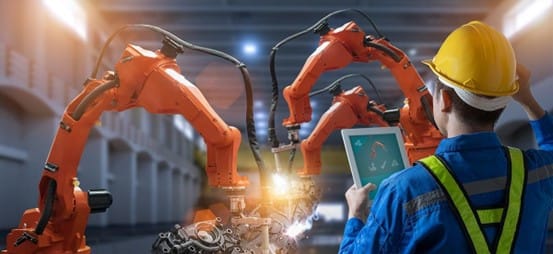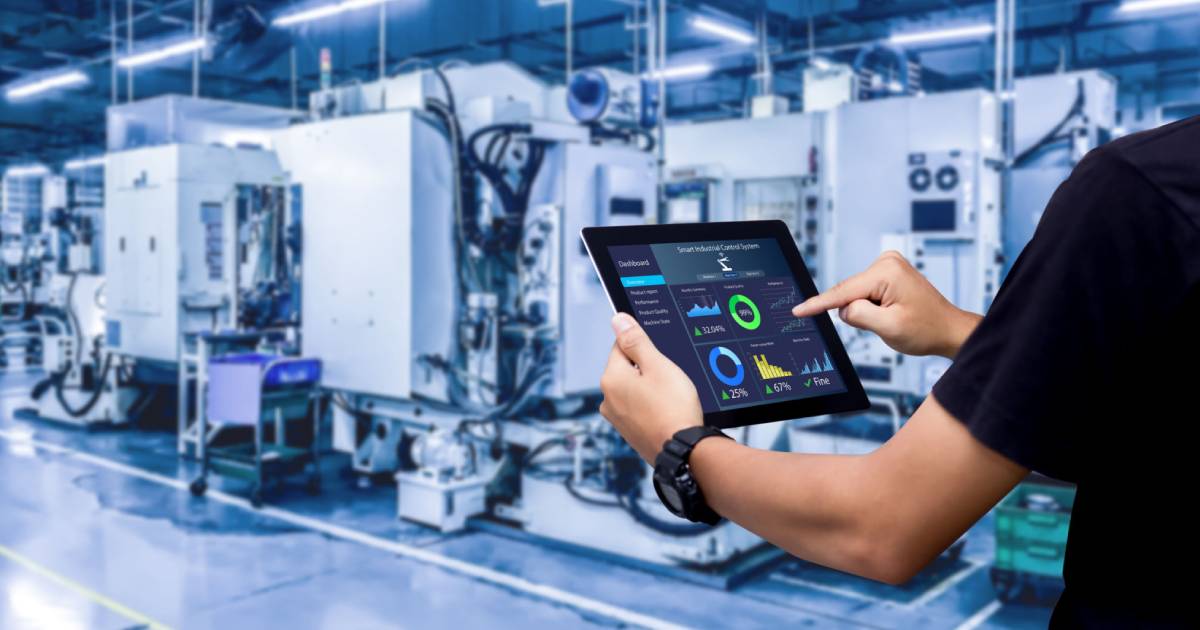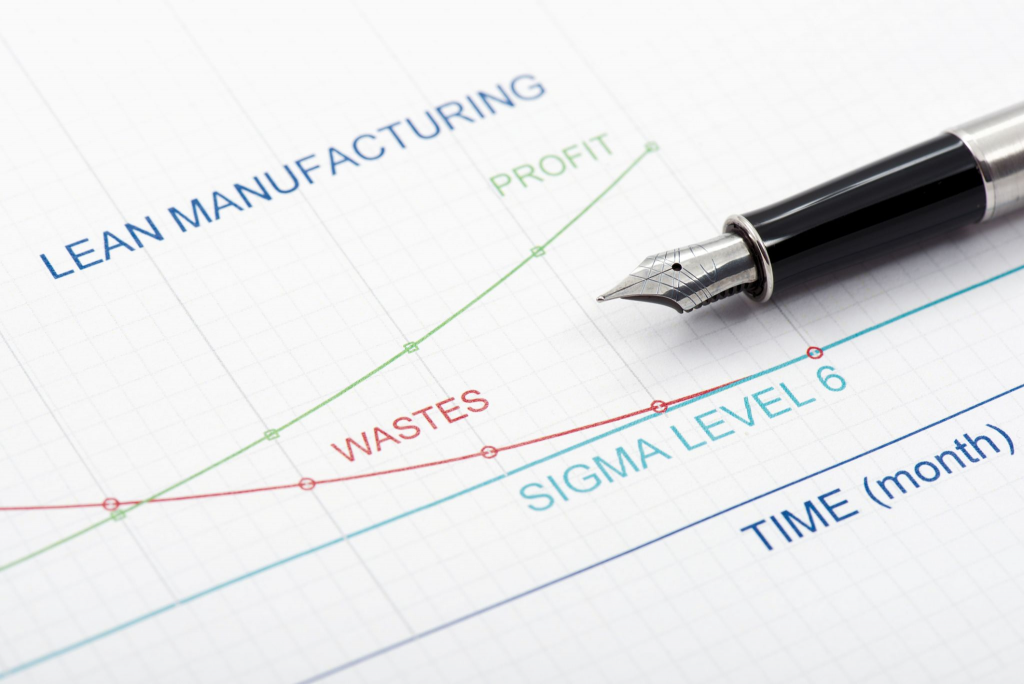The integration of lean manufacturing or lean production and industry 4.0 helps with cost efficiency and increasing productivity within any manufacturing industry. Both concepts run in the same direction and thus have the capacity to bring out the best result.
Understanding Lean Production and Industry 4.0
Lean system is a term coined in the fifties by Toyota. The term refers to five standards: work standard, work balance, continuous improvement, just-in-time production, and root cause analysis. The main goal is to improve production, reduce waste, reduce delivery time, and cost-efficiency.
Industry 4.0 refers to the automation and digital transformation era, achieved by implementing various technologies such as the Internet of Things (IoT), edge computing, cyber-physical systems, and many more. The main goal is similar to the system; which includes supply chain optimization, reducing cost, improving productivity, and reducing defective products and waste. Industry 4.0 serves the purpose of making industrial practice more autonomous and efficient.
Industry 4.0 supports lean manufacturing by saving money, time, energy, human resources, and material resources. It works by implementing several technologies at the same time.
Technology in Industry 4.0 Used in Smart Factory for Lean Manufacturing

Multiple technologies of industry 4.0 are used in lean manufacturing system. Some of them are:
Smart sensors
Smart sensors are placed in different locations such as the shop floor plan. The sensor gathers data, machine utilization, part counts, and other raw data that are contextualized and allow the operator and management to take appropriate action.
Edge computing
Edge computing in the system located inside the factory. It collects and analyzes data faster, thus allowing immediate action to be taken when needed. For example, if the data shows the possibility of a safety hazard, the machines can be stopped immediately.
Cyber-physical system
The system monitors the entire floor factory, where the data is used to guide automated decisions.
Predictive maintenance
Predictive maintenance relies on data collected from the sensors and cyber-physical systems, then analyzed to develop a maintenance plan. It means maintenance will be done to prevent possible issues happening, for example replacing parts before they lose their effectiveness.
Collaboration Between Industry 4.0 and Lean Production

Collaboration between the system and industry 4.0 works on the different aspects of the entire manufacturing system including:
Production planning
Lean manufacturing focuses on adapting to production changes to create a better plan of production. Industry 4.0 uses integrated data from various sources to create an ideal production plan.
Cost reduction
The system creates the best plan to reduce inventory cost production. Industry 4.0 analyze and sets a reminder for part replacement.
Flexibility
Lean manufacturing uses lean tools to enable multiple productions from one production line. Industry 4.0 identifies and then loads the program and tool automatically.
Productivity
Lean manufacturing system focus on continuous improvement through the entire production process. Industry 4.0 use real-time data to identify root causes and measure improvement, to ensure faster production.
Quality
Lean manufacturing uses inspection tools to reduce product defects. Industry 4.0 support the inspection process using data-driven analytic.
Safety
The system uses a signal of any kind, such as warning signs, to improve safety. Industry 4.0 uses a sensor to alert worker when any safety hazard detected.
Maintenance
The system works on preventive maintenance based on the schedule, to reduce downtime due to machine error. Industry 4.0 focuses on predictive maintenance, where maintenance is done only when it was necessary.
Data collection
Lean manufcaturing systems gather customer data and uses it to improve product quality. Industry 4.0 uses a sensor to gather product performance data to match the specific needs of each customer.
In conclusion, industry 4.0 boost lean production and does not go against each other, to achieve the same purpose of growing bigger and better.


